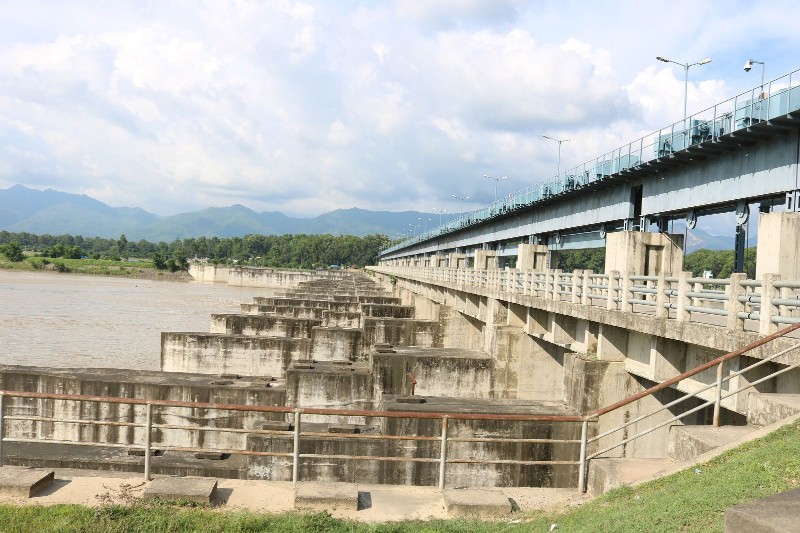Lack of human resources hits irrigation project
NEPALGUNJ, SEPTEMBER 14
Lack of staff has affected construction work of Sikta Irrigation Project, a national glory project.
The project has been suffering due to lack of technicians such as surveyors needed to identify the land required for construction of the main canal and for fixing compensation for such lands.
According to a project source, positions for two senior divisional engineers needed to prepare a design estimate of the structures to be developed after acquiring the land have been vacant for the past six months.
The positions of mechanical engineers needed to operate the project’s head box and the ultra-modern technology-equipped control room have also been vacant for years.
“As we lack technical manpower such as ‘amin’, surveyors and senior divisional engineers, work on the project has failed to gain momentum,” said project Chief Lok Bahadur Thapa. “Though we have the required budget, we don’t have enough manpower, which has also increased the cost,” he added.
For the construction of branch canal from the western main canal, the project has to acquire 100 hectares land in places such as Guruwagaun, Duduwa, Akalgharuwa, Gohawa, Parsenipur and Pedari. Due to lack of manpower, only 13 hectares land was demarcated and 160 million rupees was paid as compensation to the landowners concerned last year.
The project envisions acquiring 60 hectares more land for the branch canal from the western main canal and providing over one billion rupees in compensation this year, but lack of manpower is likely to affect project work. Lack of manpower for the national glory project is attributed to general unwillingness among Irrigation Department staffers to be deployed for the project after the Commission for the Investigation of Abuse of Authority filed a case against the project’s former chief and 10 other staffers in a corruption case.
The project originally stipulated completing the task seven years ago, but only 65 per cent work has progressed so far. Originally estimated to cost 12.7 billion rupees, well over 16.97 billion rupees has been spent so far with 35 per cent work still remaining.
A version of this article appears in e-paper on September 15, 2020, of The Himalayan Times.






